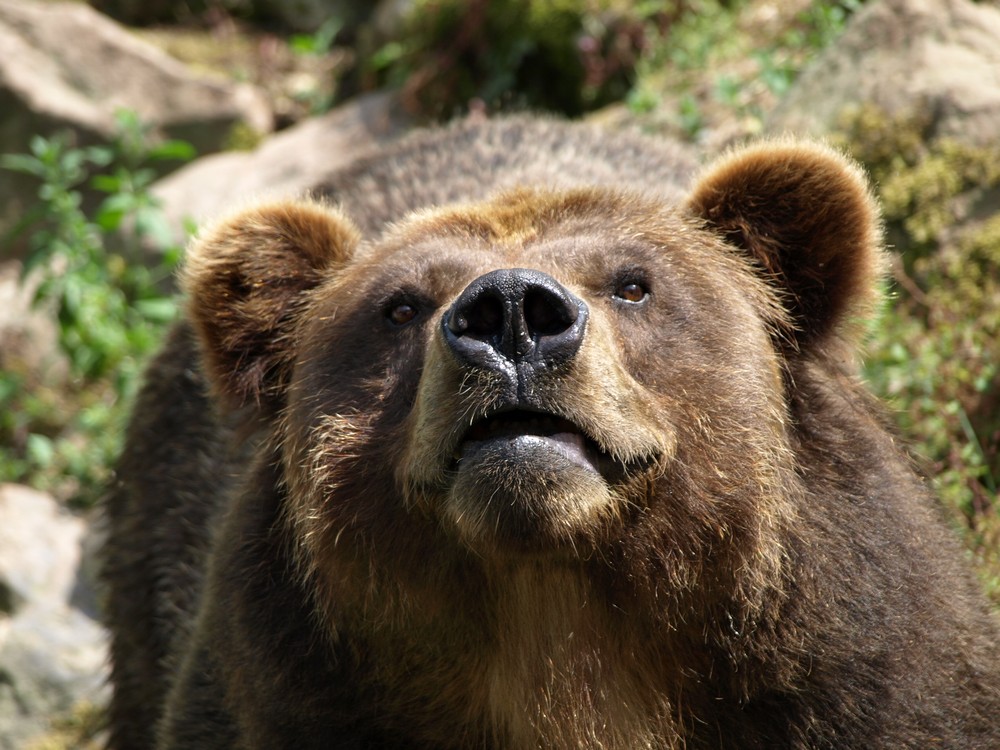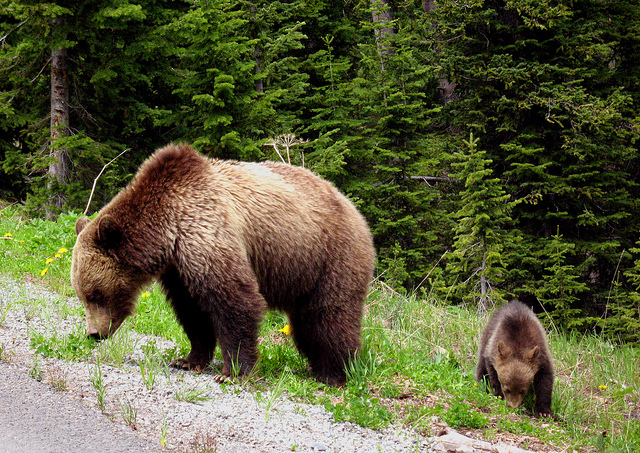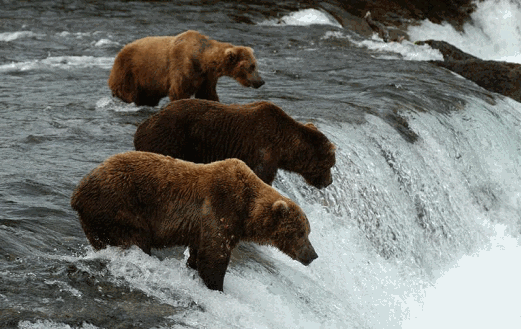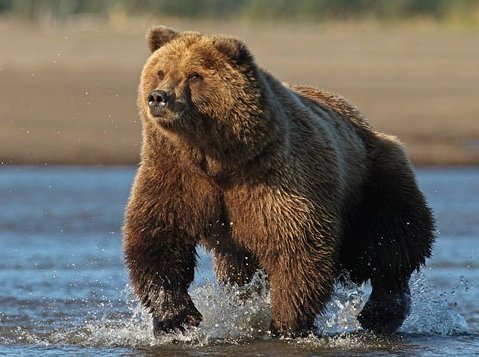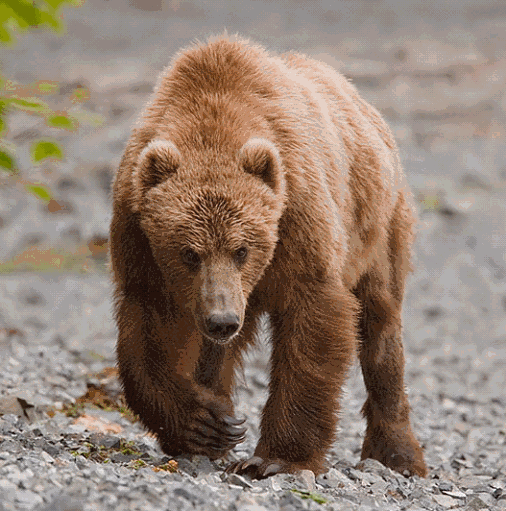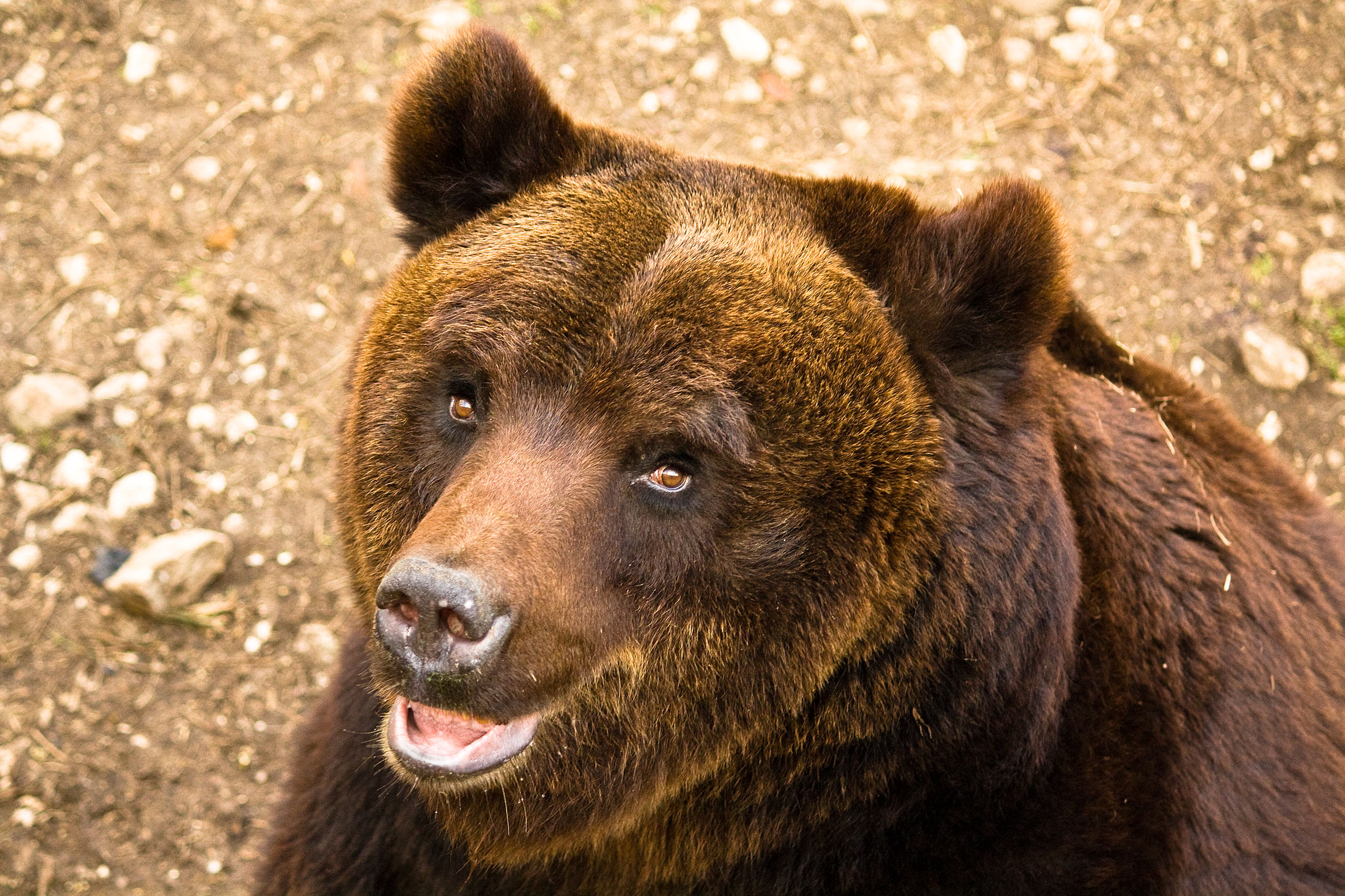The Grizzly Bear
The Brown bear (Ursas arctos) is a large bear who can be found chilling in North America and Eurasia. In North America, the Brown Bear is referred to as a “Grizzly Bear.” This article will be focusing on them.
A little background on the Bear Family
There are 8 species of the bears of the world, including the Brown/Grizzly Bear. (Bear Conservation UK: http://www.bearconservation.org.uk/)
Brown/ Grizzly Bear Scientific Classification
Grizzly Bear Subspecies
There are several Grizzly bear subspecies in North America. Here are the 3 main ones.
The Mainland Grizzly Bear (Ursas arctos horribilis)
This mom and baby are Mainland Grizzlies. This bear was found all over the 48 US states, but now they live in Montana, Wyoming, Washington state, and Idaho. A full grown male Mainland Grizzly bear can weigh up 363 kg (800 lbs.)
The Peninsular Grizzly Bear (Ursas arctos gya)
This bear is found on the Alaskan Peninsula and the Unimak Island in the Aleutian Islands. There are also the populations at McNeil River State Game Sanctuary and Refuge and Katmai National Park- these are the bears famous for catching salmon as the fish swim upstream.
McNeil River State Game Sanctuary and Refuge: http://www.adfg.alaska.gov/index.cfm?adfg=mcneilriver.main
Katmai National Park: https://www.nps.gov/katm/planyourvisit/bear-watching.htm
The Alaskan Grizzly Bear (aka the Kodiak bear) (Ursus arctos middendorffi)
The bear is waaay bigger than the other Grizzly bear subspecies. The Alaskan Grizzly and the Polar bear are the two biggest bears in the world. The average adult male Alaskan Grizzly stands 1.5 meters at the shoulder (5 ft) when on all fours and can measure over 3 meters tall (10 ft) when standing upright. Male Alaskan Grizzlies can weigh up to 680 kg (1,500 lbs.) Although some Alaskan Grizzly Bears are larger than the average polar bear, the polar bear on average is still the largest bear.
Alaskan Grizzly Bears are found only on the islands of the Kodiak Archipelago in Southern Alaska, USA. Kodiak Island is the second largest island in the United States covering almost 9,000 square km (3437 miles). Two thirds of the island are within the Kodiak National Wildlife Refuge.
Kodiak National Wildlife Refuge: https://www.fws.gov/refuge/kodiak/
Great News
Great news! Estimated numbers of Alaskan Grizzly bears now exceed 3,500 and the population seems to be slowly increasing!
Brown Bear conservation status: https://www.iucnredlist.org/species/41688/121229971
A note about Brown Bears in Eurasia
There are numerous fascinating Brown Bear subspecies in Europe and Asia as well. Pictured above is a Marsican Brown Bear (Ursus arctos marsicanus); they are found only in Central Italy. Here is a wikipedia link to some more Brown bear subspecies on the continent: https://en.wikipedia.org/wiki/Subspecies_of_brown_bear
A note about the American Black Bear

The American Black Bear is sometimes mistaken as Brown Bear because its fur appears in a wide array of colors- American Black Bears can be pure black, light cocoa brown, cinnamon hued, blonde and even (rarely) white. The Black Bear however, is a completely different species from the Brown Bear.
One sure way to tell Black Bears apart from Brown Bears is Black Bears are smaller in size. Brown Bears also have small little rounded ears whereas Black Bears have longer ears.
These rescued baby Black Bears pictured above are at a wildlife rehabilitation center called Kilham Bear Center in New Hampshire. The center does important work: https://kilhambearcenter.org/how-you-can-help
Cute Bear Videos
Here’s a good citizen Grizzly Bear in Alaska strolling by rights a traffic cone. https://digg.com/2020/bear-fixes-orange-traffic-cone
Here are some more great bear videos: https://imgur.com/gallery/PjOywOW
ʕ•ᴥ•ʔ
